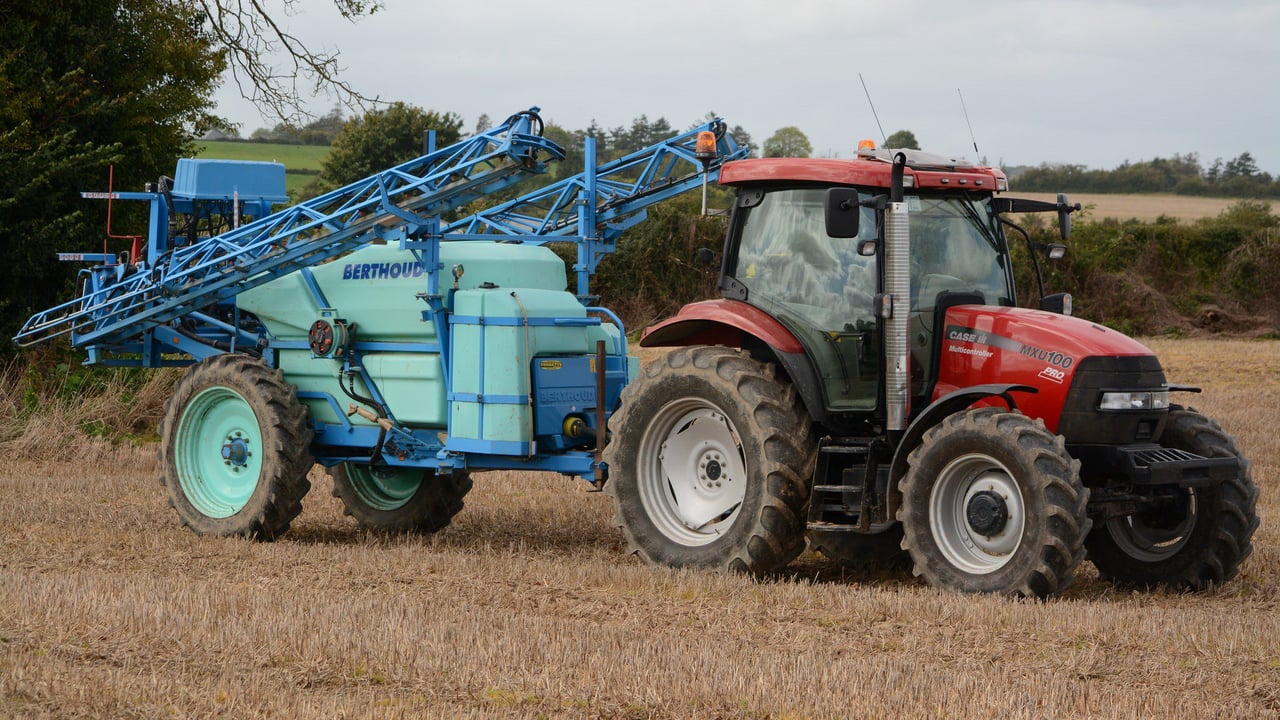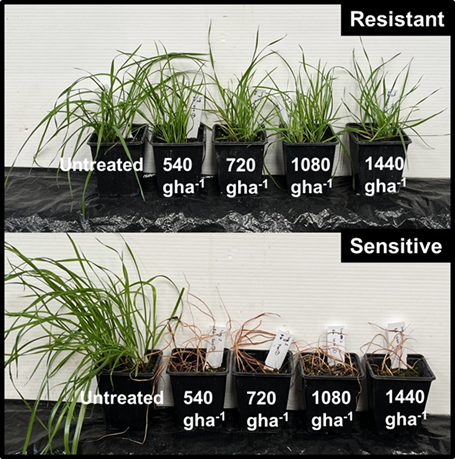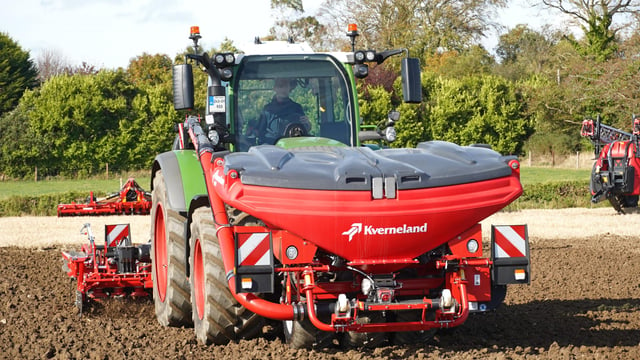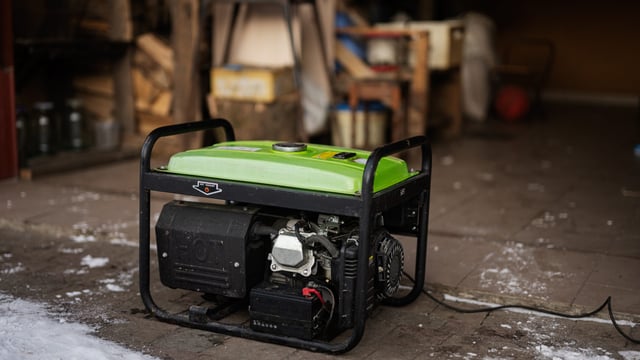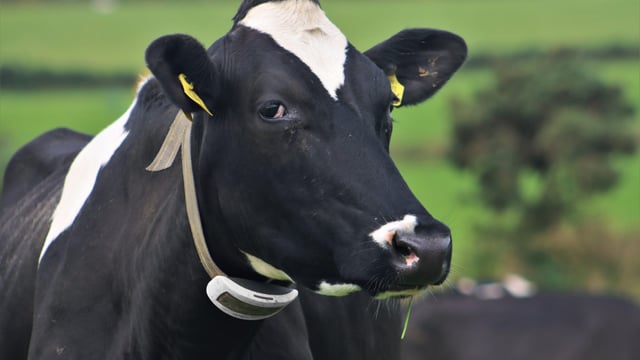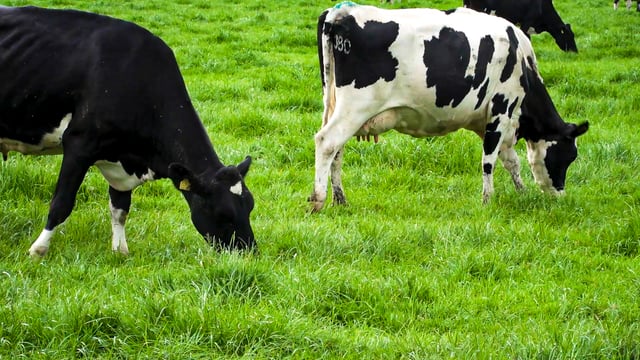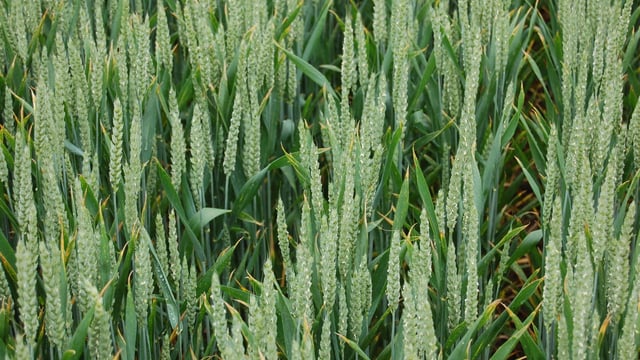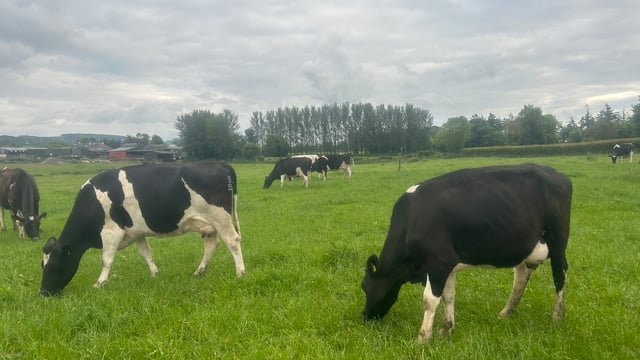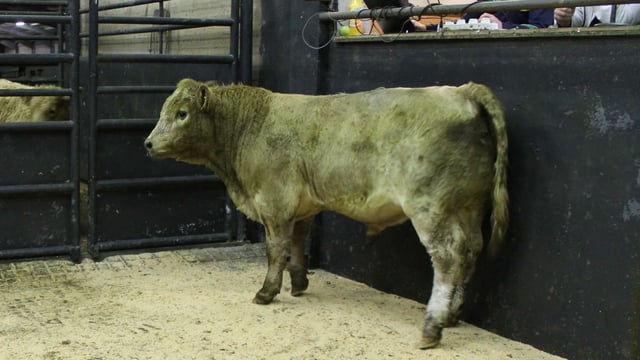Concern after first Irish case of glyphosate-resistant grass weed
Teagasc has said it is concerned after identifying the first case of resistance to the weedkiller glyphosate in Irish cropping systems.
The case of resistance was identified in a field population of Italian ryegrass.
Italian ryegrass is already a major challenge on some Irish tillage farms, with some populations resistant to selective herbicides used in crops.
Owing to the broad-spectrum activity of glyphosate, glyphosate resistance is a much greater challenge as it severely limits remaining control options.
Both a glasshouse assessment and a molecular analysis of the confirmed Italian ryegrass population was carried out.
Dr. Vijaya Bhaskar, weed researcher at the Teagasc Crops Research Department, said: "The suspect Italian ryegrass population was tested with different glyphosate products at four rates.
"Of concern was the fact that all products were ineffective, even at the maximum allowed rate. Molecular analysis revealed a known target-site mutation at the EPSPS Pro-106-Ser position, which has been associated with glyphosate resistance," he explained.
The image below shows the difference between glyphosate-resistant Italian ryegrass (top) and glyphosate-sensitive Italian ryegrass (bottom). As can be seen, the resistant samples did not wilt at any of the dosage rates:
This is the first case of glyphosate-resistance confirmed in Ireland, more than 50 years after the introduction of glyphosate.
Over 50 weed species worldwide have developed glyphosate resistance. In Europe, this is mainly seen in perennial crops like orchards and vineyards, but resistance in Italian ryegrass has also been found in cereal crops in Italy in 2012 and in the UK in 2025.
Commenting on this development, Dr. Ewen Mullins, head of the Teagasc Crops Science Department, stated that the finding is "indeed concerning and will require further investigation to assess the population’s resistance to other herbicide types, and develop additional actions, including drastic cultural methods if, or when, required".

